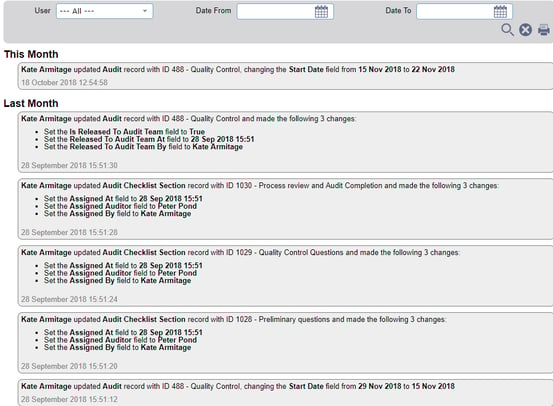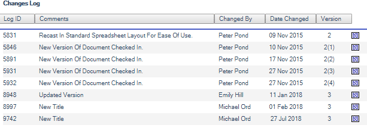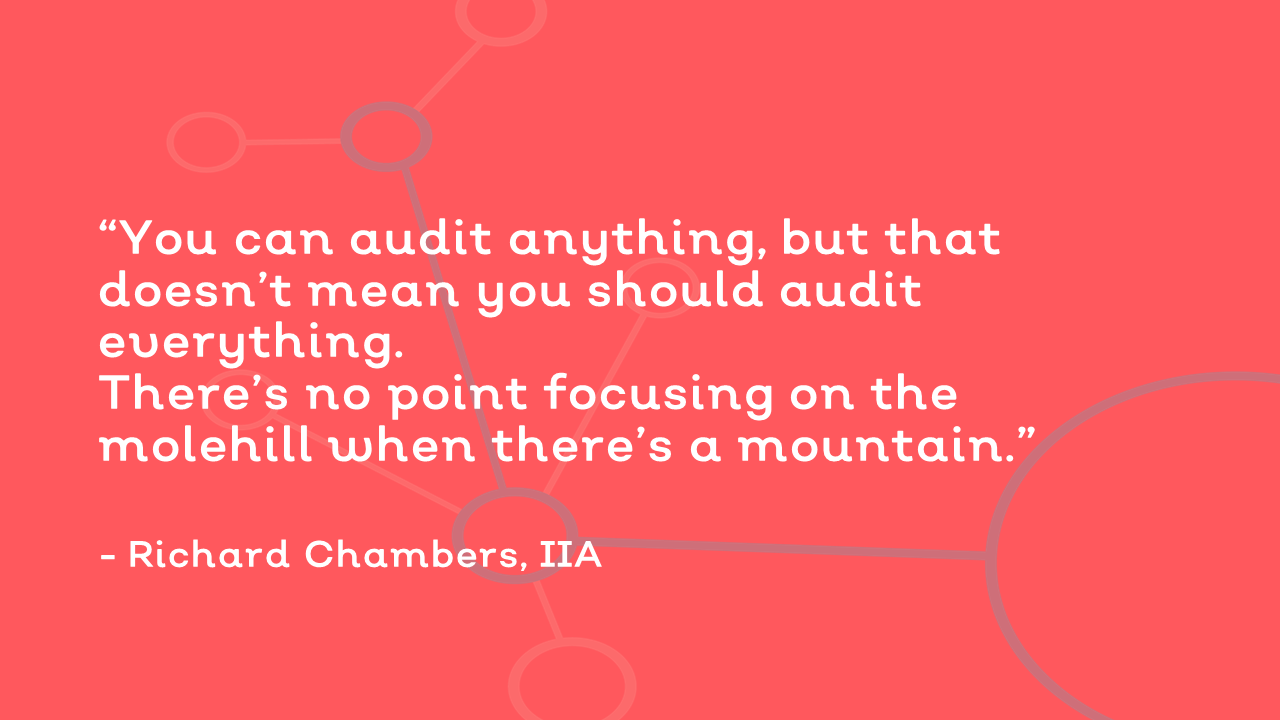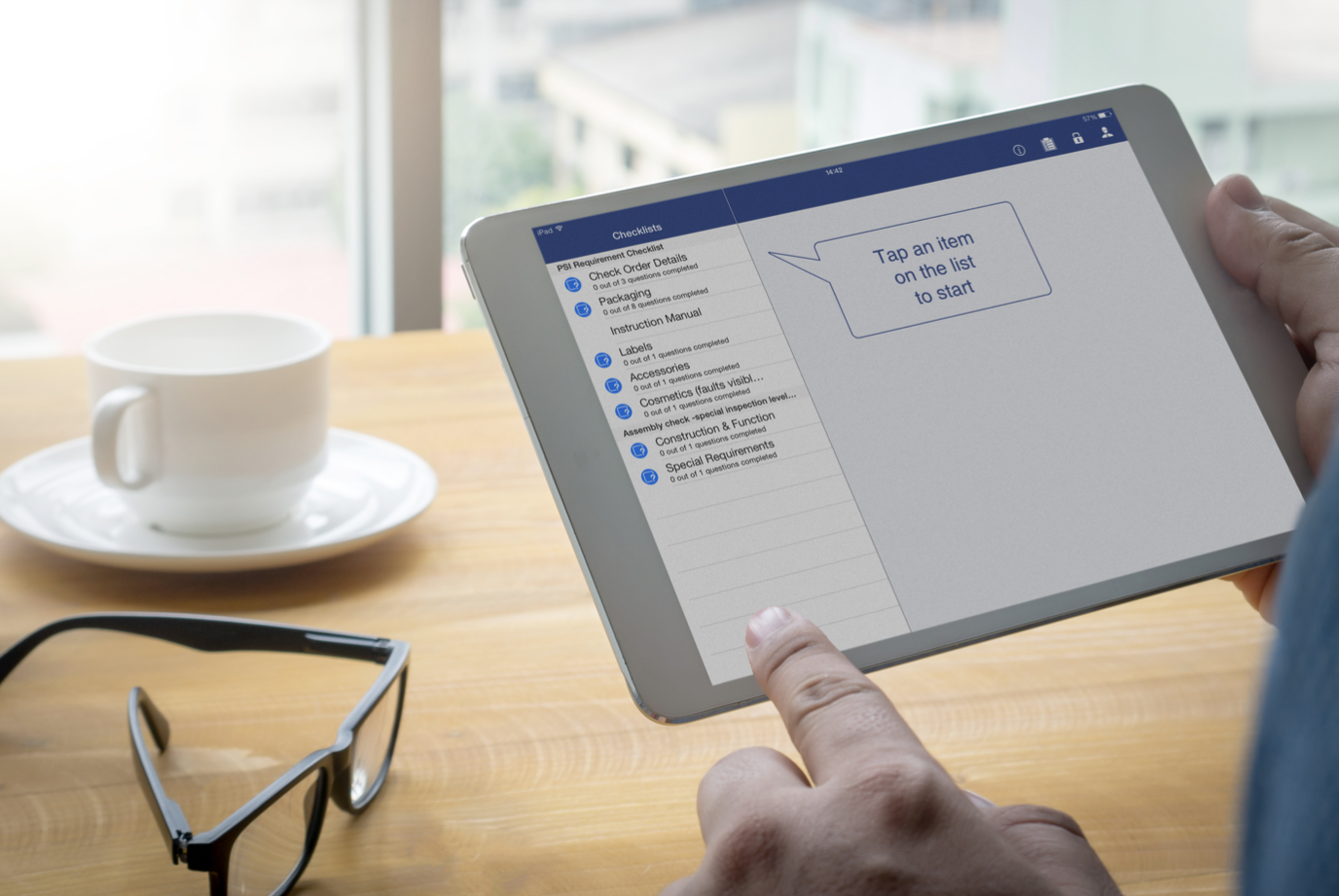Want to contribute to this article?
Have you ever heard someone talking about an audit trail?
Perhaps it was an auditor, customer or someone else in your business. Politely, you nodded and agreed. But you didn't really know what it was, where to find it or why your business would ever need anything more than a data log.
You're not alone!
Despite the importance of audit trails for FDA and MHRA compliance, anecdotal evidence suggests there is a real lack of confidence in this area.
Worry no more.
Here we explain what an audit trail is, why you need it and where to find the audit trail in Qualsys's quality management software.
You can read this in under 60 seconds!
What is an audit trail?
An audit trail is a secure, computer generated, time-stamped electronic record that allows reconstruction of the course of events relating to the creation, modification, and deletion of an electronic record.
The audit trail provides a chronology of who, what, when and why of a record.
Why are audit trails important?
It's all about accountability, traceability and ownership. If you have a shared file which has been changed, it's important everyone can see who changed what, when and why.
Regulators such as the FDA and MHRA want to see you have robust controls in place to protect patients / end users from potential risks by ensuring employees are accountable.
When are audit trails to be used?
Changes to data that are stored on electronic media will always require an audit trail, in accordance with 21 CFR 11.10.

How does EQMS software manage audit trails?
Configurations of our software has been approved compliant by the FDA, MHRA and GAMP.
EQMS automatically maintains an audit trail of changes are made to any record.
All audit trails are:
- Fully time-stamped with the name of the user
- Provide complete traceability within a point in time and data range
- Automatic, incorruptible and preserved
The audit trails also have extensive reporting capabilities for retrieving record information such as the date of last retrieval. including information for document changes, comments, records of access and date of last retrieval is available.

These functions are in addition to the automated notification and acknowledgement of documents, which is a reliable record of 'read and understood'.










Share your thoughts on this article